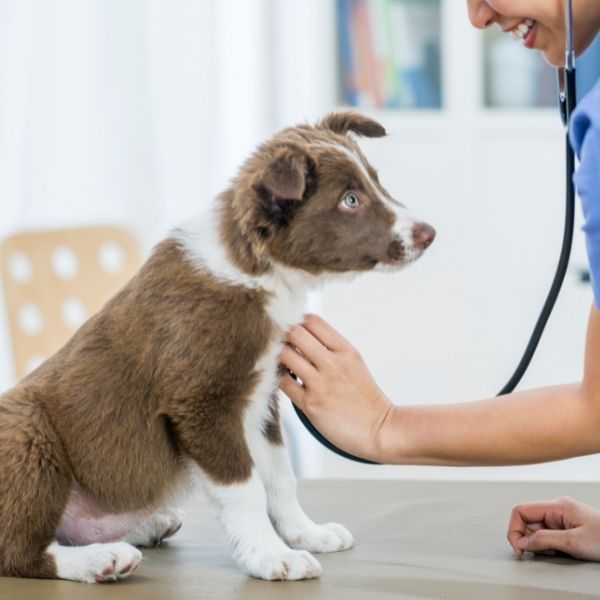Pulse of Information
Your source for the latest insights and updates.
Furry Friends and Fickle Feasts: What Your Pet Really Wants to Eat
Discover the secret cravings of your pets and what they truly want to eat! Unleash their happiness with our tasty insights!
The Secret Cravings of Your Furry Friends: Understanding Pet Food Preferences
Understanding your pet's food preferences is vital for maintaining their health and happiness. Just like humans, furry friends have unique cravings influenced by their breed, age, and individual tastes. Factors such as aroma, texture, and flavor play significant roles in determining what your pet will eagerly devour. For instance, many dogs are attracted to meaty flavors, while cats often prefer fish-based diets. By paying attention to your pet's reactions to different foods, you can tailor their diet to better suit their cravings, ensuring they receive not just nutrition but also enjoyment in their meals.
Moreover, observing your furry friend during mealtime can provide insights into their specific likes and dislikes. Consider implementing a pet food trial that involves offering a variety of options — wet food, dry kibble, and even homemade meals — to see which ones elicit a positive response. Keep an eye on their behavior, as pets can exhibit preferences based on texture and flavor. Additionally, consult with your veterinarian to ensure that their new favorite foods meet their nutritional needs, striking a balance between satisfying their taste buds and promoting their overall well-being.

Top 10 Safe and Healthy Foods You Can Share With Your Pet
Sharing your meals with your furry friend can be a delightful experience, but it's important to ensure the foods are safe and healthy for them. Here are the top 10 safe and healthy foods you can share with your pet:
- Carrots: Crunchy and full of vitamins, carrots make a great low-calorie treat.
- Blueberries: Packed with antioxidants, these tiny fruits are safe for pets and can be given as treats.
- Pumpkin: High in fiber and great for digestion, plain cooked pumpkin is a nutritious option.
- Sweet Potatoes: Rich in vitamins A and C, cooked sweet potatoes are delicious for dogs and cats alike.
- Peanut Butter: Ensure it’s free from xylitol; it’s a great source of protein and healthy fats.
- Green Beans: An excellent source of vitamins, green beans can be served cooked or raw.
- Watermelon: This hydrating fruit is a sweet treat, just remove the seeds and rind.
- Oatmeal: Beneficial for a pet’s coat and easy on the stomach when cooked plain.
- Cucumbers: Low in calories and refreshing, cucumbers can be a nice crunchy snack.
- Plain Rice: A good option for pets with upset stomachs, plain cooked rice is easy to digest.
Always remember to introduce new foods to your pet's diet gradually and consult your veterinarian if you're unsure about specific items. Incorporating safe and healthy foods into your pet's diet not only keeps them happy but also ensures they receive essential nutrients. Sharing these treats can enhance your bond, making mealtimes enjoyable for both of you!
Is Your Pet Picky? Signs Your Furry Friend Is a Fickle Feaster
Is your pet turning up their nose at meal times? This behavior might indicate that your furry friend is among the ranks of picky pets. Signs of a fickle feaster often include ignoring their food bowl, waiting until you leave the room to eat, or only nibbling on certain parts of their meal. If your pet has suddenly become selective, it might be time to pay closer attention to their eating habits. Understanding these behaviors can help you cater to their preferences and ensure they maintain a balanced diet.
Additionally, keep an eye out for other signs of pickiness. Common indicators include frequent food refusals, wanting treats over regular meals, or even being overly cautious around new foods. If your pet remains uninterested or steals food from your plate while refusing theirs, they're likely expressing their particular tastes. Monitoring their reactions can not only provide insight into their preferences but also highlight the importance of varied diets for pets, ensuring they get essential nutrients while satisfying their fickle cravings.